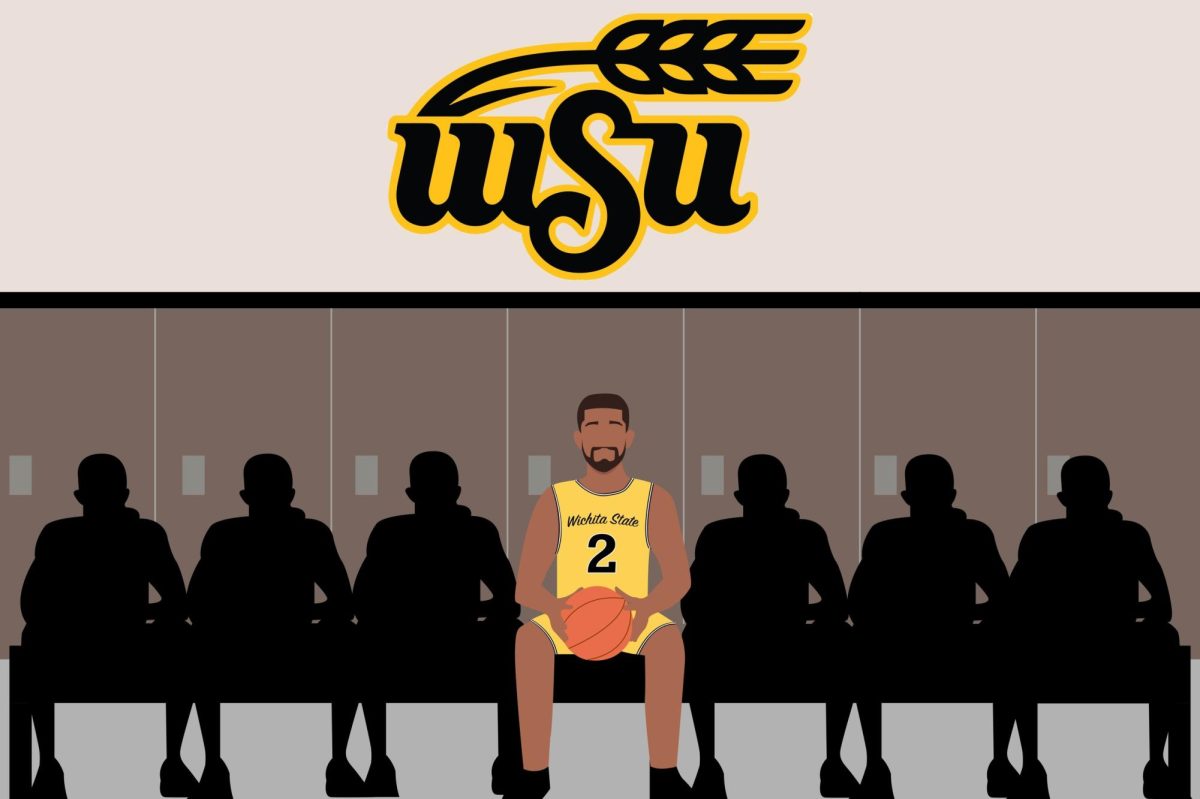The landscape of college athletics has dramatically shifted with the expansion of the NCAA’s transfer portal, which now permits student-athletes to transfer multiple times without sitting out, provided they meet academic standards.
What used to be a one-time opportunity has turned into an open, revolving door leading to unprecedented roster changes across Division I programs.
While Name, Image, and Likeness (NIL) deals have given athletes a chance to profit from their talents, the benefits of NIL deals are often overshadowed by a growing concern — the transfer portal. The portal is eroding team stability, leading to a fragmented experience for fans, players and coaches.
Each season, coaches are forced to rebuild nearly from scratch, adjusting to players who may only stay for a year or two.
The shift isn’t just logistical, it’s a transformation of college sports culture. Team chemistry, camaraderie and long-term development are fading as players move schools more easily in pursuit of better deals or more playing time.
This freedom, while empowering for individual players, undermines the very essence of college athletics — the camaraderie, team bonding and growth that comes from playing together for multiple seasons. With WSU having replaced a significant portion of its scoring production through transfers in four of the last five years, the community that once defined college basketball is in jeopardy.
Team chemistry, forged over years of practice, games and shared experiences are becoming a rare commodity. Coaches are now faced with the daunting task of building cohesive units from a revolving door of talent.
WSU has felt this impact with nearly half of its current roster made up of new transfers and recruits — a stark change from the traditional model of players developing together over several seasons.
Each season, coaches must adapt to new personalities, playing styles and individual skill sets. With so many newcomers, the chances of developing a deep understanding of players and each other’s mannerisms diminish, making it harder for teams to compete at a high level.
This is not only affecting the teams and coaches, but the fans. When I was a freshman, I would attend basketball games somewhat often. I knew and recognized players on the team from working on The Sunflower or because I always saw them on campus.
But as I stopped recognizing the players and the arena became less familiar, I stopped going. I don’t see the players I had come to know on the court because they transferred away. The team is composed of random transfers and non-locals. If I want to watch basketball, I’ll just watch the NBA.
The Shockers’ current roster reflects this challenge, with seven returning players scattered among a host of newcomers, including guards Justin Hill and AJ McGinnis, and high school signees Zion Pipkin and TJ Williams.
The recent NCAA legislation limiting the transfer portals’ window has intensified this issue. Players are in and out quickly, leaving teammates and coaches scattering/ Roster turnover can now occur in a matter of weeks, leaving coaches scrambling to adjust to significant changes in their team.
With the average Division I men’s basketball team seeing close to six transfers, the landscape has become not just competitive, but chaotic.
According to college basketball statistician and data scientist Evan Miyakawa, more than a third of American Athletic Conference men’s basketball players entered the transfer portal last offseason.
The toll this takes on team cohesion is significant.
With five players exiting the team through the portal last spring, the need for constant adjustment becomes evident. The loss of standout performers like Daniela Abies, who led the team in scoring and rebounding, underscores the instability of these programs.
This trend is not just about individual aspirations, it speaks to a larger dilemma within college athletics. The balance between personal growth and team success is fragile. Coaches and players must navigate a landscape where loyalty to a program is often eclipsed by new opportunities.
The allure of NIL has turned players into mercenaries, pursuing their own interests rather than cultivating the bonds that traditionally defined college sports.
Personal benefits have overwhelmed the players and stressed out teams as a whole.
As WSU prepares for the upcoming season, the challenge remains clear on building a competitive team when half the roster is brand new.
The Shockers are just one example of a broader trend in college basketball that could reshape the sport for years to come. While NIL rights have opened doors for athletes, they have simultaneously dismantled the foundation of team unity and continuity.
If the trajectory continues, the future of college basketball may look more like a collection of individuals rather than a cohesive team, leaving fans to wonder what happened to the days of players staying put and growing together over four seasons.





